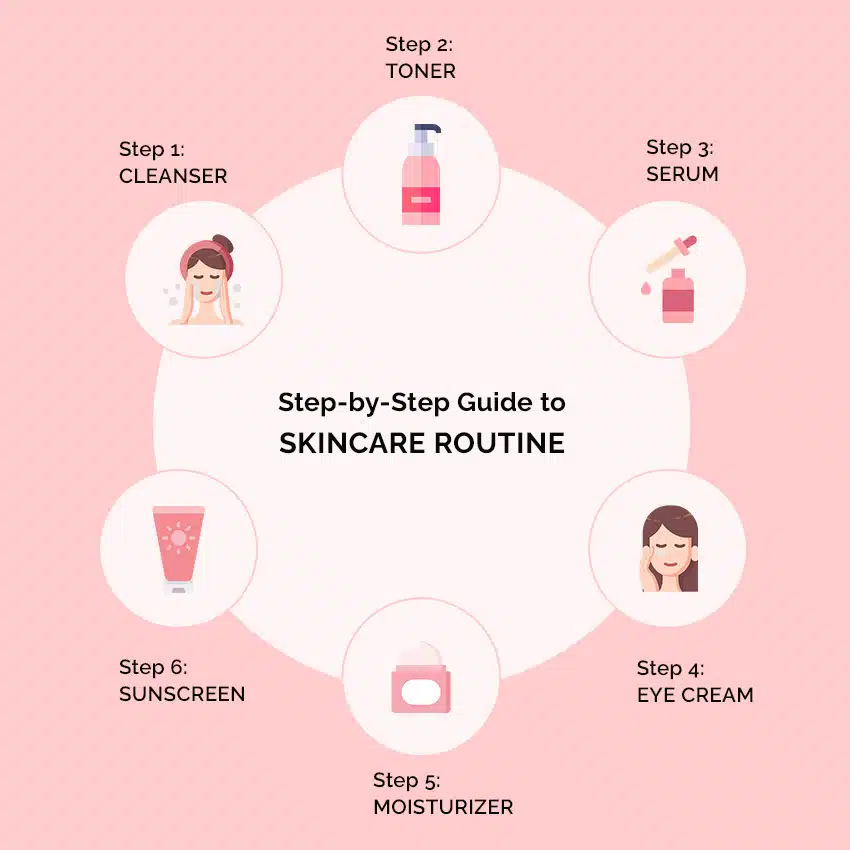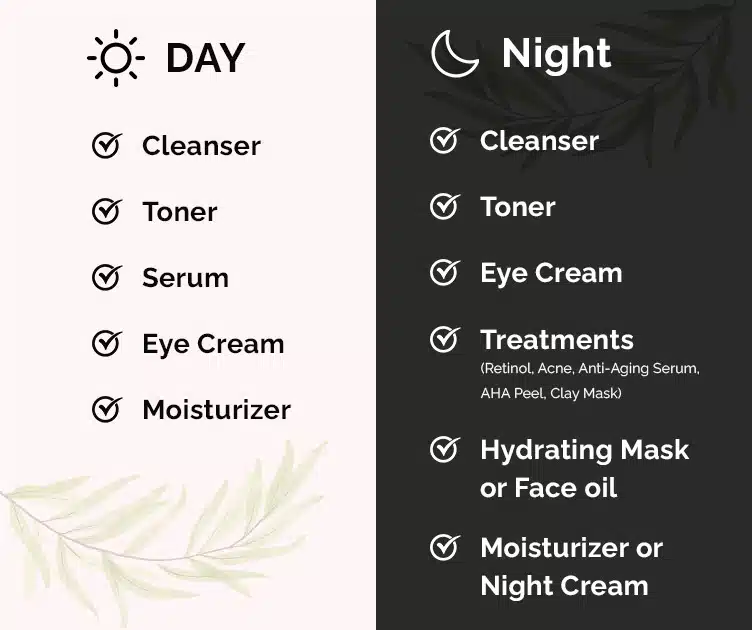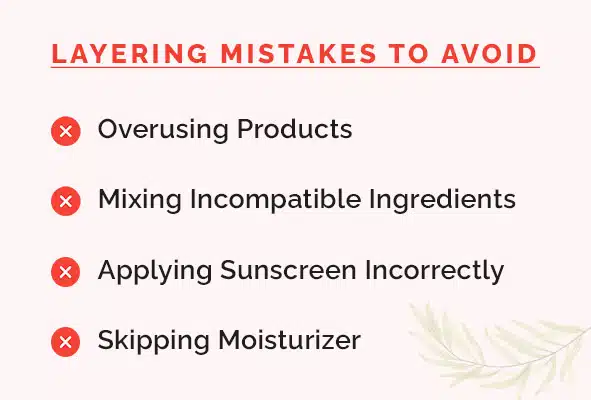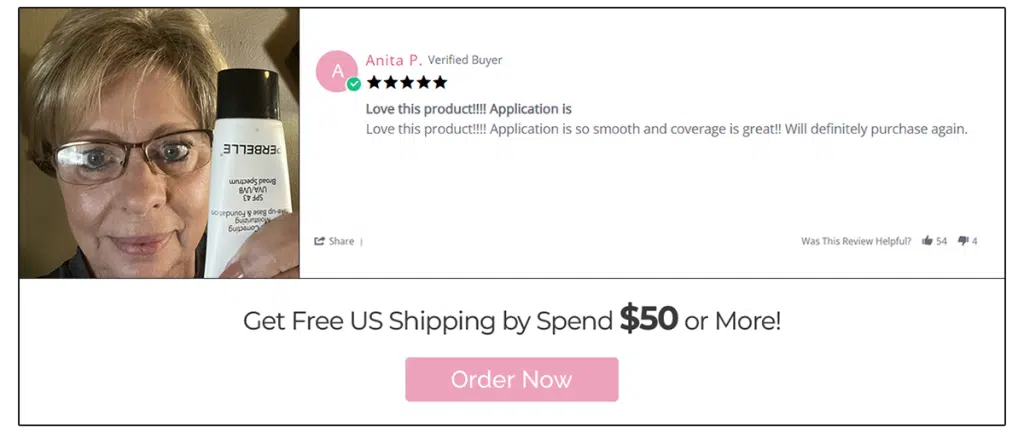
Skincare should not feel like solving a jigsaw puzzle.
The products we include in our skincare are significant, but the order in which they are applied is always important for our regime.
Knowing the composition of a skincare product and its compatibility with other ingredients is also crucial for a healthy skincare routine.
In this blog, we emphasized the process of layering different skincare products and how to avoid mistakes.
Learning how to layer skin care products is essential for optimizing product absorption and enhancing the efficacy of active ingredients.
Applying products correctly—starting with lighter, water-based formulas like toners and serums, followed by heavier creams and oils—allows each product to penetrate the skin effectively.
This not only maximizes the benefits of each product but also reduces the risk of irritation or clogged pores.
Proper layering ensures that multiple skin concerns, from hydration to anti-aging, can be addressed at once for healthier, more radiant skin.
When building an effective skincare routine, the “light to heavy” rule is one of the most important principles to follow.
This rule ensures that products are applied in an order that maximizes their effectiveness and allows each layer to absorb fully into the skin.
By starting with the lightest textures and gradually moving to heavier, more occlusive products, you can optimize your skincare routine for better results.
Our skin has a natural barrier that helps retain moisture while blocking out external pollutants. How we layer our skincare products can either support or hinder this barrier.
If you apply heavier creams before lighter serums, the lighter products may not penetrate the skin properly, making them less effective. This rule ensures that each product can absorb efficiently and provide the intended benefits.
Knowing how to layer face products, from cleansers to sunscreens, can ensure that each one can penetrate the skin effectively, allowing you to maximize the benefits of your routine.

Below is a step-by-step guide to help you layer your skincare products in the correct order:
The first and most essential step in any skincare routine is cleansing. A cleanser helps remove dirt, excess oil, makeup, and impurities from your skin, setting the stage for the following products.
Wet your face, apply a small amount of cleanser, and gently massage it into your skin in circular motions. Rinse thoroughly with lukewarm water.
Toners help balance the skin’s pH and remove any remaining impurities after cleansing. They also prepare the skin to absorb serums and moisturizers better.
Apply a few drops of toner to a cotton pad or directly onto your hands, then gently pat it onto your face, focusing on areas that need extra hydration or oil control.
Choosing a hydrating toner for dry skin or an exfoliating toner with AHAs or BHAs for oily or acne-prone skin can be suitable for your skin.
Serums are packed with concentrated active ingredients that target specific skin concerns such as wrinkles, dark spots, or dehydration. This step allows you to address your skincare goals effectively.
Dispense a few drops of serum onto your fingertips and gently pat it on your skin, focusing on problem areas or all over your face.
The skin around your eyes is delicate and prone to signs of aging, such as fine lines and puffiness. Eye creams are formulated specifically for this sensitive area.
Take a small amount of eye cream and gently dab it around the orbital bone (under the eyes and along the brow bone) with your ring finger.
Moisturizers help lock in hydration and create a protective barrier on the skin. This step is crucial for keeping your skin soft, smooth, and hydrated.
If you have oily skin, opt for a lightweight gel or lotion for daytime use or a richer cream for dry skin. At night, you can use a more nourishing or thicker moisturizer.
Sunscreen is your skin’s first line of defense against harmful UV rays and premature aging. It’s an essential final step in any morning skincare routine before applying your CC cream foundation.
If you’re exposed to the sun for extended periods, reapply every two hours. Choose a broad-spectrum sunscreen with SPF 43 or higher for daily use.
At night, your skin enters repair mode. The focus should be on deep hydration, nourishment, and using overnight treatment products.

Here’s what a nighttime routine should include:
Improper application can undermine the effectiveness of your products or even irritate your skin.
Now that you know how to tailor your routine for day and night, avoiding some common layering mistakes is important.

Less is more when it comes to skincare and even makeup. Overloading your skin with too many products can overwhelm it and clog pores, leading to breakouts or irritation.
Stick to a minimalist routine that targets your key concerns, regardless of your age. There are makeup products that cater to different age groups. From BB creams for college-going girls to CC Creams for women over 40, there are products to suit them all.
Certain ingredients don’t mix well and can reduce effectiveness or irritate your skin. For example, when used together, retinol and vitamin C can cause redness and peeling.
Research about ingredient combinations or consult a dermatologist to seek better results.
For example, use vitamin C during the day and retinol at night or alternate nights for ingredients like acids and retinoids.
Sunscreen protects your skin, but misapplying it reduces its effectiveness. Many people don’t use it enough or forget to reapply throughout the day.
Apply at least a quarter teaspoon of sunscreen to your face and neck. Reapply every two hours in direct sunlight, and layer it on top of your moisturizer.
Even if you have oily or acne-prone skin, skipping moisturizer is a big mistake. Depriving your skin of moisture can make it overproduce oil, leading to more breakouts.
If you have oily skin, choose a lightweight, oil-free moisturizer for the daytime and a richer, more hydrating formula for the nighttime.

Adjusting your skincare routine for day and night ensures that your skin is protected during the day and gets the treatment and nourishment it needs overnight.
Avoid common layering mistakes, like overusing products or mixing incompatible ingredients, and always prioritize sunscreen during the day.
Perbelle Cosmetics makes sure that women of all ages redefine their beauty and confidence with our range of makeup and skincare products.